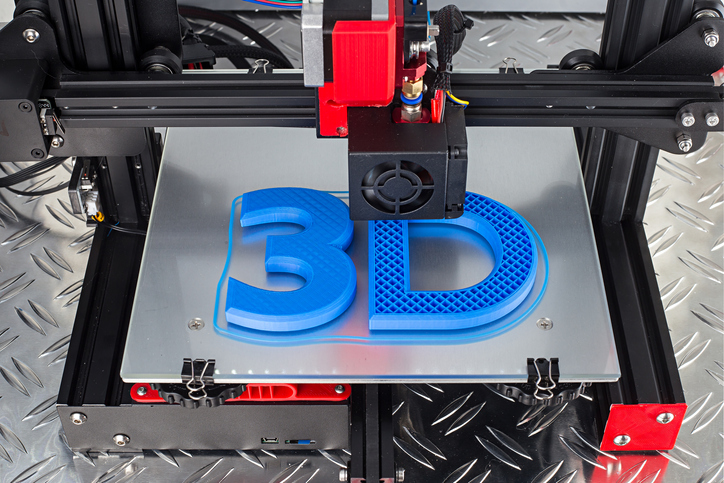Smart Science and Trendy Tech: What’s New & What’s Next
In medical packaging, our focus is often on compliance and quality due to our direct impact on human health. A lot of new packaging trends begin in food and consumer goods, but what if some of the high-tech packaging from consumer goods could be adapted to our more “serious” needs?
To be clear, not everything starts with a sweet snack pack design. There are some high sci-tech solutions emerging directly from the medical packaging sector. For example, are you ready for novel plastics that start with new science and end with more sustainability?
SMART POLYMERS
In recent years, the non-biodegradability of synthetic polymers has garnered increased attention as environmental concerns threaten the future of conventional plastics in packaging. The 12 Principles of Green Chemistry was introduced in 1998 as an industry primer for safer plastics.

Its goal was to increase efficiencies and minimize hazardous environmental effects in plastics production. The tenets quickly gained traction as a familiar industry guide by the early 2000s. More recently, chemical engineers recognized that the narrow focus of the paper had become, while not obsolete, insufficient to meet the demands of science and the reality of environmental responsibilities.
In response, scientists and chemists have been exploring new ways to resolve objectives like sustainability and the thermomechanical performance of polymers. Today sees new exploration under way toward valuable metrics and tools. This includes R&D around “active” polymers that stand to transform the protective performance of films, vials, even pills, with high tech interactive components. Imagine a polymer that can root out moisture, for example, for a bottle of oral medication, thereby eliminating the need for desiccants. Or films that can remove pathogens inside a packet or sterilize a medical device. Even blister packs are suited to novel active polymer technology, using kinetic manipulation to control internal package atmosphere and moisture. Heat staking processes, high-tech adhesives and adhesive-free polymer technology is emerging to change the properties and our approach to medical packaging.
EDIBLE PACKAGING
One of the smartest packaging technologies on the scene has obvious roots in the food industry. It was at the 2020 London Marathon that we first saw runners handed small squishy pods as they ran by aid stations, filled with sips of sports drink inside a seaweed-based, edible cube. Even if the pod was tossed out, it would completely biodegrade in about a month. Anyone who has ever seen a running or biking event knows that there are thousands of drink cups left by thirsty participants.
In a similar trend, British meal kit favorite, Gousto Recipe Box, debuted an edible pea protein package for its oft-used bouillon sachet. The plant protein polymer also contains starch, made with a process that includes vinegar, which does not remain present in the final product. The clear overwrap dissolves in preparation while delivering barrier properties through transit and storage phases.
Are there possible segues into the pre-dosed medication market here? With moisture and temperature considerations, there are hurdles to be cleared, but with the current speed of innovation, our bet is on success.
SUPER-SMART ADDITIVE MANUFACTURING/3D PRINTING (3DP)
Additive manufacturing began as a whimsical bit of tech, where a supersized “printer” produced three-dimensional objects layer-upon-layer via a digital design input. That was then, this is now. Today, urban wastewater treatment plants and coastal environmental agencies are relying on 3DP to produce next-gen water filtration membranes capable of removing toxins and pollutants from wastewater.
While completely different, medical packaging presents constant unique challenges. For every element of a packaging system that can be applied universally, there are at least three more that are device specific. Consider, then, the advantage of 3D printing a packaging concept to see if it successfully marries multiple materials (and the cost-savings on precision prototyping or validation and testing production).
The ability to accommodate the most intricate of parameters effortlessly, has made 3DP a key tool for all of us. It is exciting to seek ways the MedTech community and its packaging partners can innovate through 3DP.



